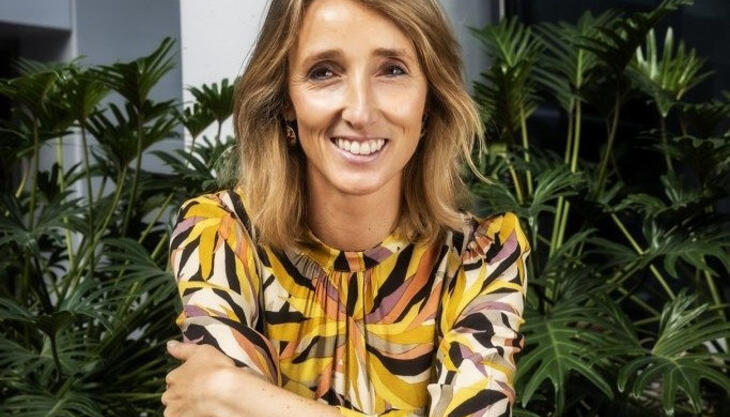Forecast of growth for recycling of packaging in Italy in 2024

According to Conai (the Italian packaging consortium) initial forecasts, the year that has just begun will see an increase in the percentage of recycled packaging placed on the market, exceeding the 70% required by Europe by 2030. “After a difficult 2023, we can look to the future with more optimism. But we must continue to strive to improve these results: our recycling industry is an excellence that can do even better,” said the president of the consortium, Ignazio Capuano (photo below on the left), on the occasion of International Recycling Day on 18 March.
By 2024, the rate of packaging recycling in Italy is expected to be close to 75%: more than 10,300,000 tons of packaging waste will find a second life, i.e. 74.9% of the total amount released for consumption, which in the current year is expected to be around 13,900,000 tons. This is the first official estimate by Conai for the year that began less than three months ago, on International Recycling Day.
"The public announcement of forecasts to the media on World Recycling Day is now a tradition. And we can say that 2024 is starting under good auspices. The second half of 2023 seems to have ended with a sharp decline in consumer packaging, due to the crisis linked to the difficult international environment, but this should not have been followed by a similar decline in recycling. According to our initial estimates, recycling will then increase in 2024, both in absolute terms and in percentage terms. And approaching 75 per cent recycling means that Europe will have exceeded its 2030 recycling targets six years early. Moreover, according to the latest Eurostat data, Italy is competing with Germany for leadership in per capita packaging recycling," Capuano explained.

The context remains problematic, not least because of ongoing international conflicts and uncertainty about geopolitical dynamics, but 2024 is expected to be a year of growth in recycling rates for each packaging material. Forecasts are for 77.8% for steel (409,000 tons), 73% for aluminium (64,000 tons), 85.6% for paper (4,298,000 tons), 65.1% for wood (2,130,000 tons), 52% for plastics and compostable bioplastics (1,183,000 tons, including around 51,000 tons of bioplastics) and 85.9% for glass (2,325,000 tons).
"However, we must remain cautious and this is not the time for triumphalism: the international scenario does not allow us to do so," added the Conai chairman. Indeed, 2024 will remain a year of great uncertainty, which is likely to lead Italians to cut back on consumption in order to rebuild their savings.
"While we expect a reconfiguration of purchasing decisions and locations, this should not affect the recycling sector too much, especially packaging. Also because it is expected that all players in the chain will continue to work harder to improve results in this branch of our circular economy. From the citizens who will have to sort their waste with an ever greater focus on quality, to the local authorities who will have to develop their collection systems to ensure ever better results, to the companies that sort and recycle waste, to those who carry out research to improve both recycling technologies and the eco-design of packaging. And it is this last point - research and development - that can make a real difference in the coming years. After all, recycling is one of our country's strengths that needs to be strengthened: Italy remains a leader in this sector and must improve its sustainable performance with a view to protecting the environment in an increasingly concrete and pragmatic way," Ignazio Capuano concluded.



















